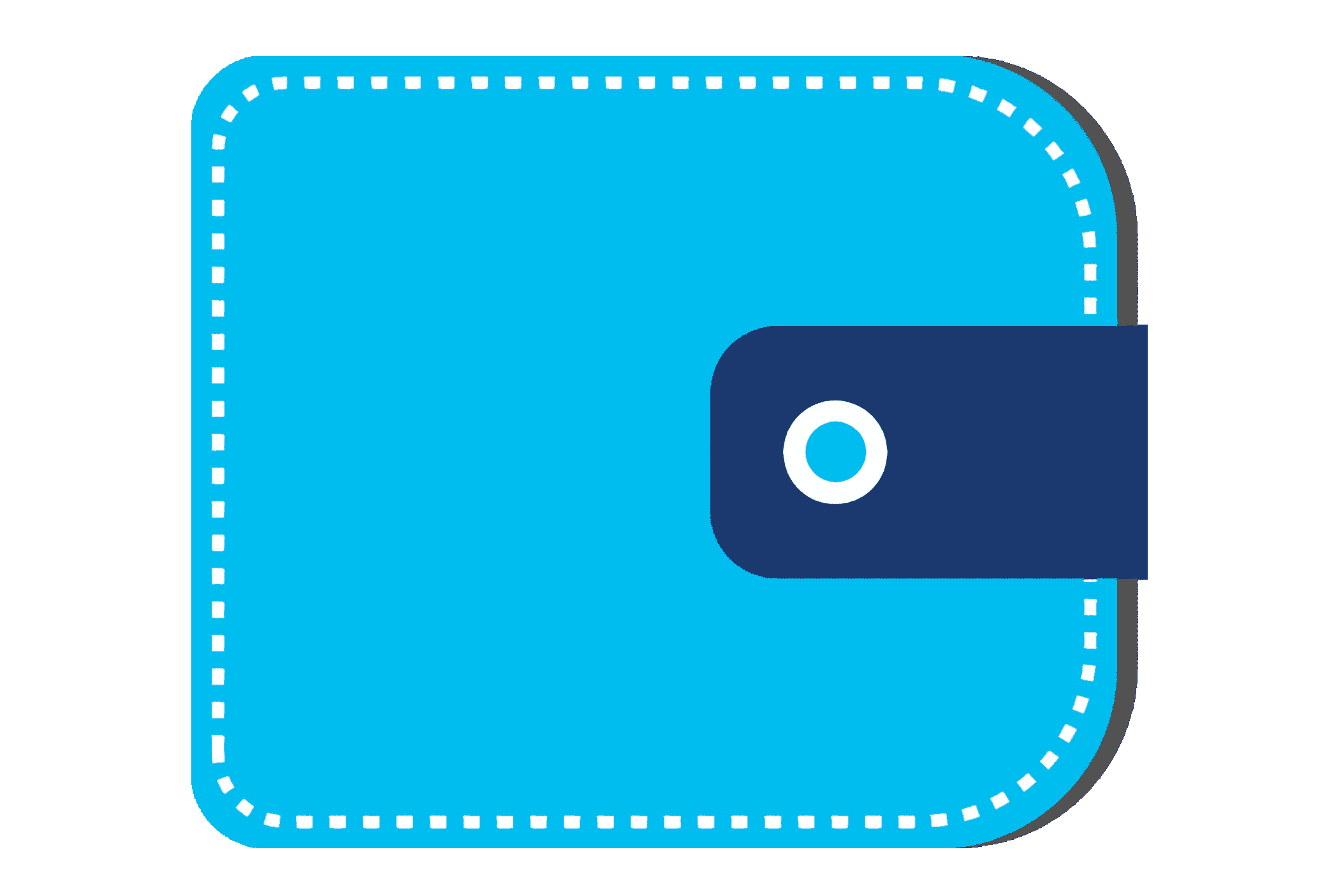Our Project's main Agenda
The failure to repay borrowers has had a significant impact on the sustainable development of the peer-to-peer (P2P) loan industry. Recent documents reveal that existing risk assessment systems may ignore important signs and risk factors that affect P2P payments. Consumers have grown several times over the past few years. For banks, bank loan risks have increased especially after The Great Recession (2007–2012) and employment threats due to automation and advances in technologies such as artificial intelligence (AI). At the same time, technological advances enable companies to collect and save big data representing customer behavior and credit risks. Data Mining is a promising data analytical platform aimed at extracting useful information from a large number of complex data sets. Non-functional assets (NPAs) are a major concern for banks. The NPA list is top with PIIGS (Portugal, Italy, Ireland, Greece, and Spain) countries. Club. In this project, the main aim is to explore a profit-maximizing strategy for commercial banks based on generalized as well as classification models to predict the default nonperforming asset. In addition, feature-level algorithms are used to identify the most important aspects of Credit Risk monitoring. Traditionally, the risk of getting a Non-Performing Asset (NPA) was measured as the probability of default which we use to measure the expected loss. Using various Machine Learning classification models, we find the maximum additional expected profit to be earned through classification and give the optimal result whether the loan will be charged off by the lender or fully paid by the customer. The SMOTE approach is adopted to address the problem of data inequality in the database, and then perform a series of tasks such as data cleaning and size reduction. Test results show that: the Random Forest algorithm passes material retrieval, decision tree, and other machine learning algorithms for predicting automatic samples. Our efforts demonstrate important consumer testing strategies by P2P companies and risk management in control centers. Our approach and findings will help regulators, banks and debtors fight current financial disasters caused by coronavirus 2019 (COVID-19) in response to various financial risks and interpret the development of credit points.


